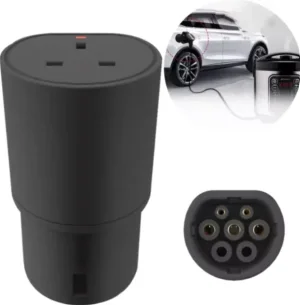...
The simple answer would be to look at the device's electrical specification tag, that will show a symbol of a square within another square to indicated a double-insulated device. It is likely that a coffee machine, laptop etc. would be double-insulated, as will most outdoor tools, e.g. strimmer etc.
Otherwise, yes there is obvious documentation in the form of the installation manual for the product you intend to use. For example, picking a random Worcester-Bosch Combi boiler you will see something like this...
View attachment 39723
Clearly stating that the appliance must be earthed and that an RCD must be present - neither of which apply to a V2L supply source.
Similarly, looking at the installation manual for a Beko Fridge-Freezer states... "
Warning! This appliance must be earthed" in bold in the first few pages.

